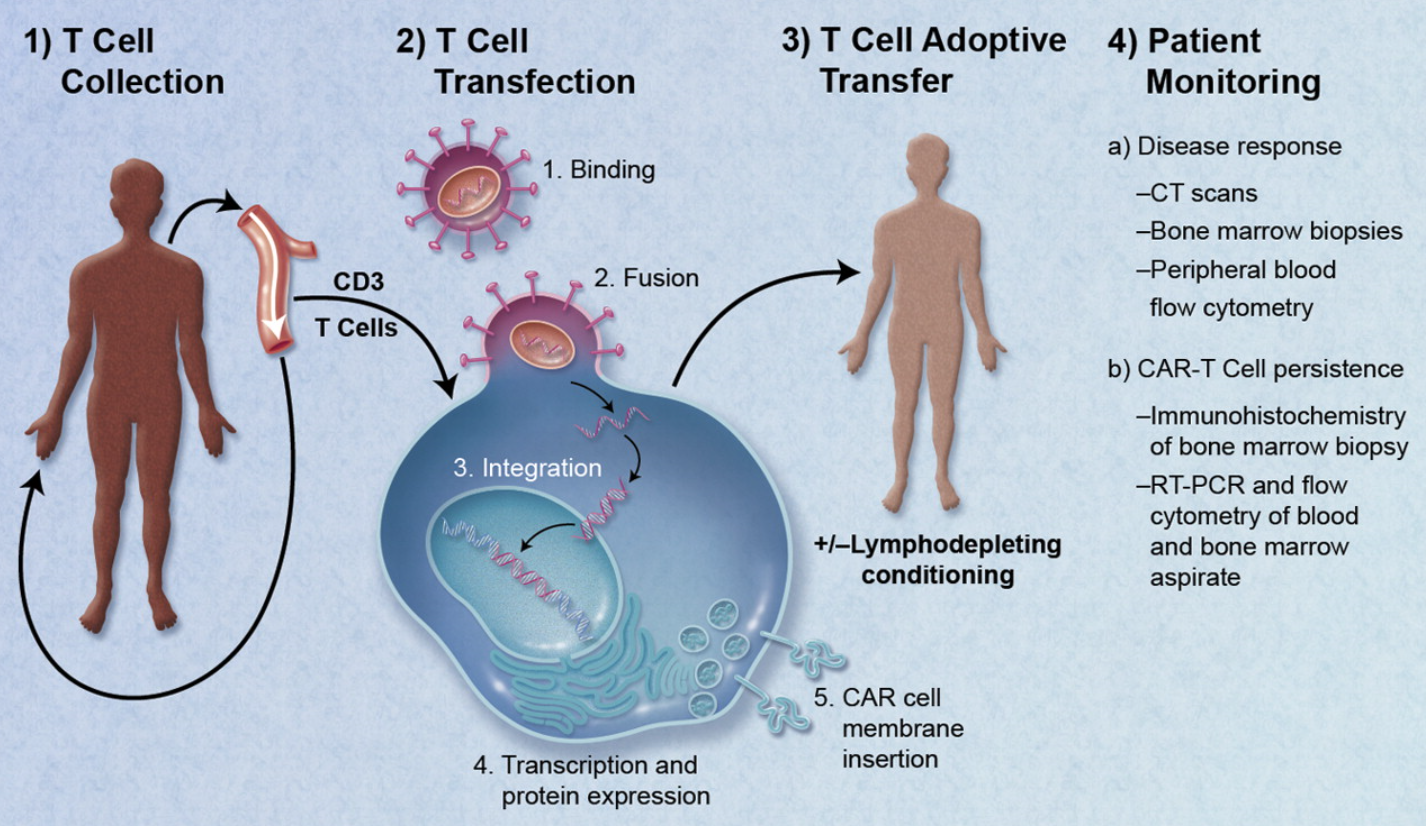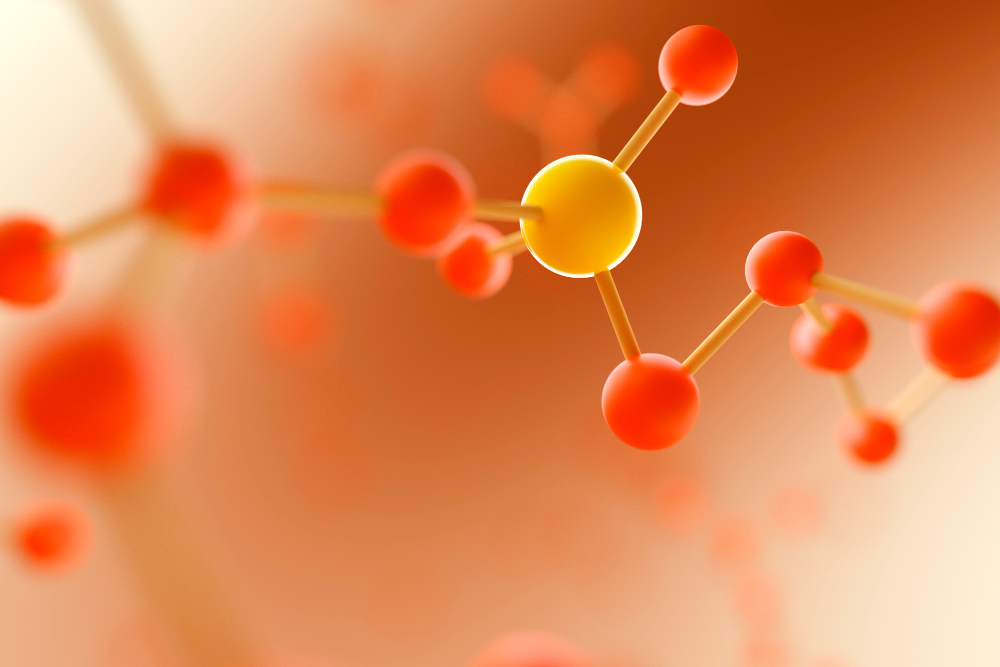Table of Contents

[/image][=video]
[/video]
The majority of sites made use of for bone marrow harvesting are situated in the hip bones and the breast bone. In recovery, the benefactor may experience some pain in the locations where the needle was inserted.

If an autologous transplant is prepared, formerly gathered stem cells, from either outer (apheresis) or harvest, are counted, evaluated, and all set to infuse. The prep work for a bone marrow transplant vary relying on the kind of transplant, the disease requiring transplant, and your resistance for certain medications. Think about the following: Most usually, high dosages of radiation treatment and/or radiation are included in the preparations.
This treatment is frequently called ablative, or myeloablative, as a result of the result on the bone marrow. The bone marrow creates a lot of the blood cells in our body. Ablative treatment avoids this procedure of cell production and the marrow comes to be empty. A vacant marrow is required to make space for the new stem cells to grow and establish a new members cell manufacturing system.
It is not a procedure to put the marrow right into the bone, yet resembles getting a blood transfusion. The stem cells locate their means into the bone marrow and start reproducing and growing brand-new, healthy blood cells. After the transplant, encouraging treatment is offered to stop and treat infections, adverse effects of therapies, and issues.
Stem Cell Therapy
The days before transplant are counted as minus days. The day of transplant is thought about day absolutely no. Engraftment and recuperation following the transplant are counted as plus days. As an example, a patient may get in the hospital on day -8 for preparative programs. The day of transplant is phoned number absolutely no. Days +1, +2, and so on, will comply with.
The days are phoned number to assist the patient and family members recognize where they are in terms of risks and discharge preparation. During mixture of bone marrow, the client might experience the following: Pain Chills High Temperature Hives Breast discomfort After mixture, the individual may: Spend numerous weeks in the hospital Be really susceptible to infection Experience extreme blood loss Need blood transfusions Be restricted to a clean atmosphere Take multiple anti-biotics and other medicines Be offered medication to avoid graft-versus-host diseaseif the transplant was allogeneic.
Depending upon the sort of transplant and the condition being treated, engraftment normally happens around day +15 or +30. Blood matters will be examined frequently throughout the days following transplant to review initiation and progression of engraftment. Platelets are normally the last blood cell to recoup. Engraftment can be delayed due to infection, medications, low contributed stem cell count, or graft failure.
Microbial infections are one of the most usual. Viral and fungal infections can be lethal. Any kind of infection can create an extensive health center keep, stop or postpone engraftment, and/or cause long-term body organ damage. Anti-biotics, antifungal medicines, and antiviral medicines are frequently offered to attempt to stop major infection in the immunosuppressed person. Thrombocytopenia (low platelets) and anemia (low red cell), as a result of a nonfunctioning bone marrow, can be hazardous and even lethal.
Fluid overload is a problem that can lead to pneumonia, liver damages, and high blood stress. The main factor for fluid overload is since the kidneys can not maintain up with the big quantity of fluid being provided in the kind of intravenous (IV) medications, nutrition, and blood items.
Hormone Therapy

Respiratory system standing is an essential function that might be endangered during transplant. Infection, swelling of the air passage, liquid overload, graft-versus-host disease, and blood loss are all possible lethal difficulties that may happen in the lungs and pulmonary system. The liver and heart are very important body organs that may be damaged throughout the transplant process.
Failure of the graft (transplant) taking hold in the marrow is a possible issue. Graft failure might occur as a result of infection, recurrent condition, or if the stem cell matter of the given away marrow wanted to trigger engraftment. Graft-versus-host illness (GVHD) can be a significant and dangerous complication of a bone marrow transplant.
In contrast to an organ transplant where the person's body immune system will certainly attempt to turn down just the hair transplanted body organ, in GVHD the new or transplanted immune system can attack the whole client and all of his/her organs. This is because the new cells do not recognize the cells and organs of the recipient's body as self.

One of the most usual websites for GVHD are GI system, liver, skin, and lungs. Prognosis substantially depends on the following: Kind of transplant Type and extent of the condition being treated Condition response to treatment Genetics Your age and general health Your tolerance of particular medicines, procedures, or treatments Severity of difficulties Just like any type of procedure, in bone marrow transplant the prognosis and long-lasting survival can differ greatly from one person to another.
Regenerative Therapy around Oak Park, Michigan
Continual follow-up treatment is crucial for the individual following a bone marrow transplant. New techniques to boost therapy and to reduce complications and adverse effects of a bone marrow transplant are continually being found.
Regenerative medicine therapies can be divided into three classifications: help with healing by injecting or placing real-time cells into the patient. Examples of cellular therapy consist of PRP and stem cell treatments, which can be used to deal with tendinopathy and other sporting activities injuries.
Phys Medication Rehabil Clin N Am. 2014; 25( 4 ):881 -95. As time passes, private doctors discover and share details, improving the application of these therapies. See Are PRP Injections Effective?Until much more is known, regenerative medication therapies are not taken into consideration conventional method and insurance coverage plans commonly do not cover them. Numerous individuals are eager to pay out-of-pocket. is advancing quickly with innovationsin stem cells, gene treatment, and cells design. This short article looks into these ingenious techniques, highlighting their transformative capacity for cells and body organ repair work. are poised to reinvent medical treatments and enhance client results. Cell regeneration, the process of restoring shed cells to recoup regular feature, differs across different tissues and organs. In Drosophila larval wing discs, cells immune to apoptosis help cells regeneration. Computer mouse number suggestion regeneration is moderated by the blastema, consisting of various progenitor cells, as highlighted in this study.: The diversity of cells within a cells can impact regrowth. Outer nerves, as an example, include Schwann cells, nerve fibroblasts, and immune cells, each contributing in nerve regrowth, as talked about below. These factors communicate dynamically, making cell regrowth an intricate process that varies based on the certain tissue or organ. Cell regrowth plays an essential role in maintaining the body's overall health and wellnessand well-being. It is liable for fixing and replacing broken or aging cells, ensuring the proper performance of organs and tissues. Effective cell regrowth treatment can significantly influence the therapy of numerous medical problems, consisting of degenerative conditions, injuries, and also the aging process. Several significant landmarks have noted the progression of cell regeneration research study. In the late 18th century , Italian biologist Lazzaro Spallanzani carried out pioneering experiments on the regrowth of amphibian arm or legs, supplying proof for the regenerative ability of certain organisms. In the 20th century, the discovery of stem cells by Canadian scientists Ernest McCulloch and James Till transformed the field. Harold E. Varmus, that played an essential role in clarifying the genetic basis of cancer cells, and Dr. Michael S. Brown and Dr. Joseph L. Goldstein, who uncovered the role of low-density lipoprotein (LDL) receptors in cholesterol metabolic process. Stem cell treatment is one of the most thoroughly investigated and appealing branches of cell regeneration treatment. This irritant causes a local swelling feedback, which prompts the release of development factors and the recruitment of regenerative cells. With time, the regenerative cells assist in the repair work and regrowth of damaged cells, supplying relief to individuals dealing with persistent bone and joint discomfort or joint instability. Cartilage material regrowth treatment concentrates on bring back harmed or degenerated cartilage, which plays an essential function in joint feature and wheelchair. Some cells, such as epithelial cells in the skin or the cellular lining of the gastrointestinal system, have a high turn over rate and can restore quickly. On the other hand, cells in the main anxious system, such as nerve cells, have actually limited regenerative ability. This disparity is mainly due to the complexity of the tissue, the existence of repressive variables, and the mobile environment. Cell regrowth therapy uses encouraging services for increasing wound recovery and treating various injuries.
Navigation
Latest Posts
Stem Cell Therapy around Oak Park, Michigan
Medical Group in Oak Park
Perimenopause Treatment